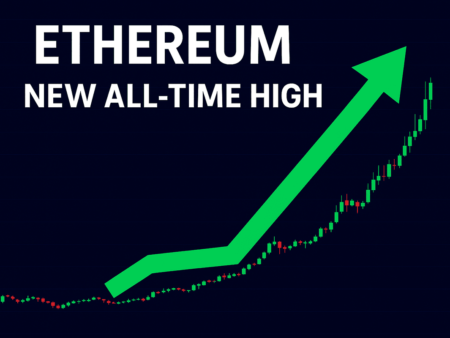For years, XRP lived in limbo—caught in a legal tug-of-war that left it too risky for serious institutions but too resilient to die. It was the coin that wouldn’t vanish, even as exchanges delisted it, analysts wrote it off, and regulators circled like hawks. Now, with a rare burst of legal clarity behind it and a fresh revaluation of its role in global finance, XRP may be heading somewhere it hasn’t been in a long time: back into the institutional conversation.
A Cloud Finally Lifts
The Securities and Exchange Commission’s lawsuit against Ripple was never just about Ripple. It was a referendum on whether digital assets could exist outside the SEC’s shadow. For nearly three years, XRP was branded—fairly or unfairly—as a “maybe-security,” a label that sent compliance teams scrambling and forced most U.S. institutions to keep their distance.
That shadow has lifted. Court rulings over the past year confirmed that XRP, when sold on secondary markets, does not constitute a security. It’s not absolute immunity—the SEC can still flex its power in other contexts—but it’s clarity enough for banks and funds to reopen the discussion. And in finance, clarity is the oxygen that risk managers need before they’ll even consider touching an asset.
Why Institutions Care Again
It’s not just about legality. XRP’s original pitch—cross-border settlements at lightning speed, with minimal costs—is suddenly relevant again. Global payments are messy. Even as stablecoins gain traction, the plumbing of international finance still creaks with delays, fees, and outdated systems.
XRP offers a tested solution. Ripple’s network, built on top of XRP Ledger, already powers corridors from Asia to the Middle East. For banks under pressure to modernize, or fintechs aiming to undercut SWIFT, the appeal is obvious: liquidity on demand, reduced friction, and global reach without reinventing the wheel.
An executive at a European payments firm put it bluntly: “For years we stayed away because the regulatory risk outweighed the benefit. Now that cloud is gone, we have to reassess.”
Revaluation in Motion
Markets are noticing. Analysts who once dismissed XRP as a relic are revisiting its fundamentals. Trading desks, especially in Asia, report rising interest. Custodians are fielding quiet inquiries from funds testing the waters. And as tokenization of real-world assets accelerates, XRP’s settlement rails are positioned to play a complementary role alongside Ethereum and Solana.
That doesn’t mean institutions are piling in overnight. This is a cautious reawakening, not a stampede. Large players will test small allocations, partner on pilot programs, and monitor liquidity before committing in size. But the narrative has shifted. XRP is no longer a compliance headache—it’s back on the menu of strategic bets.
The Cultural Undercurrent
There’s also a less tangible factor: reputation. XRP’s community, long mocked for its cult-like devotion, now looks prescient. While rivals boomed and busted, while meme tokens rose and fell, XRP held its ground through a regulatory storm that would have sunk most assets. Survival has a strange way of breeding legitimacy.
Institutions may not admit it openly, but they’re watching that persistence. Assets that endure through fire, even without hype, often earn a second look. And in finance, endurance is sometimes the best predictor of future adoption.
The Road Ahead
The irony is sharp: XRP, once the poster child for regulatory uncertainty, is now one of the few assets with meaningful clarity in the U.S. Its renaissance won’t be driven by retail frenzy this time, but by institutional pragmatism. Banks, funds, and fintechs are not looking for the next meme coin; they’re looking for infrastructure that works.
If Ripple continues expanding corridors, if liquidity deepens, if compliance teams stay comfortable, XRP could find itself recast—not as a speculative outlier, but as a functional pillar of the institutional blockchain stack.
For an asset long considered too controversial to touch, that would be a remarkable reversal. And perhaps proof that in crypto, the most powerful narrative isn’t hype or novelty—it’s resilience.











